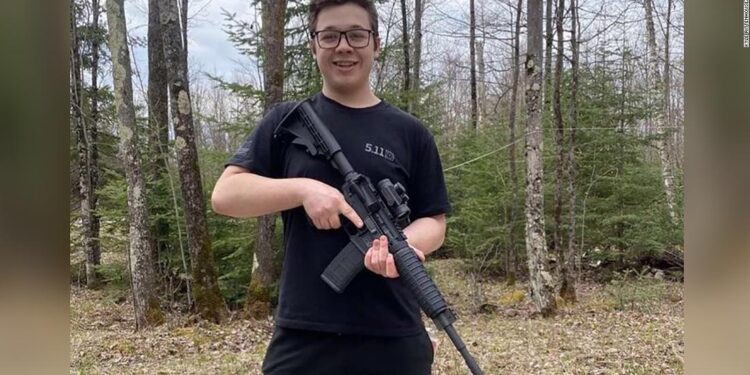Kyle Rittenhouse hails from Antioch, Illinois in the USA. He hails from an ethnic White background and holds Pisces as his birth sign.
On August 2020, Rittenhouse fatally shot Joseph Rosenbaum and Anthony Huber during demonstrations in Kenosha, Wisconsin, also wounding Gaige Grosskreutz.
Background
On August 25, 2020, Rittenhouse was among many protesters who descended upon Kenosha for various reasons. He traveled from Antioch, Illinois in order to help protect private property while providing first aid treatment during unrest.
Kyle Rittenhouse Net Worth pointed his rifle at Joseph Rosenbaum when confronted by him, according to prosecutors during closing arguments. Fearing for his life and fearing for his safety, Rittenhouse ultimately shot and killed Rosenbaum who had previously been found guilty of sexual offense. Thomas Binger stated this during closing arguments.
After Rosenbaum was shot, several individuals attempted to retaliate against Rittenhouse. Rittenhouse fatally shot Anthony Huber for swinging his skateboard at him before wounding Gaige Grosskreutz by shooting her in the arm.
Rittenhouse’s case garnered national attention and ultimately led to a high-profile trial that resulted in two men dying and another injured; prosecution sought charges for criminal and reckless acts committed by Rittenhouse, while defense lawyers attempted to prove his actions as being within self-defense measures.
Prosecutors’ case
Prosecution attorneys hoped to portray Rittenhouse as either an irresponsible police-wannabe or bloodthirsty vigilante looking for trouble. But in reality, they failed to present enough evidence for jurors to acquit Rittenhouse and they could not present him acquittal evidence.
Prosecution attorneys made a concerted effort in the initial weeks of trial to demonstrate that Rittenhouse put himself in danger by traveling across state lines to Kenosha on August 24 when looting was underway and people attempted to loot local businesses. They sought to disprove one key defense argument–Rittenhouse being afraid that others might grab his rifle away and shoot him–while discrediting another key defense argument suggesting Rittenhouse may have felt threatened by others who might use force against him and take away his rifle;
Rittenhouse was found not guilty on five felony charges: murder in the deaths of Joseph Rosenbaum and Anthony Huber as well as attempted first-degree intentional homicide for wounding Gaige Grosskreutz.
Defense’s case
Rittenhouse’s defense rests heavily on his claim of self-defense following two deaths and one injury during unrest in Kenosha. They assert he wasn’t there to harm people but instead defend businesses from protesters trying to loot them.
Binger countered claims made by Rittenhouse’s defense attorneys that Joseph Rosenbaum, 36-year-old felon and one of their witnesses in custody of criminal activity for other offenses in Pennsylvania and Delaware, threatened Rittenhouse’s life and attempted to reach for his gun when Rittenhouse fired the first shot he fired his weapon at Rosenbaum. Furthermore, Binger claimed that Rosenbaum wasn’t within arm’s reach when Rittenhouse fired his first shot.
Attorneys John Richards and David Chirafisi attempted to show that Rittenhouse did not act alone and was joined by an unwilling crowd that did not wish him harm; their theory proposed by Richards and Chirafisi is that Rittenhouse may have feared this crowd could seize his gun and use it against him.
Final verdict
On the last day of trial, a Kenosha jury exonerated Kyle Rittenhouse of all charges. They rejected the prosecution’s argument that Rittenhouse had started the deadly chain of events by bringing his rifle to a protest and pointing it at protesters just prior to being chased down and shot.
Rittenhouse was attacked by an unknown individual who took away his weapon, prompting Rittenhouse to fear for his life and fearing they were about to kill him. Rittenhouse’s attorney Mark Richards noted Rittenhouse fell victim to similar behaviors seen in other violent incidents across America.
Rittenhouse claimed his shootings in Kenosha were in self-defense, sparking deep divisions among Americans about guns, vigilantism, racial justice and police use of force. Wisconsin Governor Scott Walker asked for calm before promising 500 National Guard members would be ready for duty if needed in Kenosha if civil unrest arose again – this case marked a landmark examination of laws against arming citizens during civil unrest events across America.









